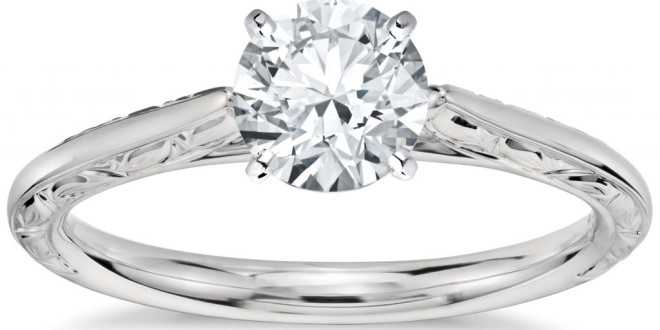[ad_1]
One of the things which you will need to decide about your wedding ceremony is how you would like the bridesmaids and groomsmen to walk down the aisle. They can walk together for the recessional only, the processional also, or not at all. These are some tips on how to sort out pairing the bridesmaids and groomsmen for your wedding ceremony.
In the traditional Protestant wedding ceremony, the groom, best man, and minister enter the through a side door and wait at the altar; in other words, they do not march down the aisle. The first decision that the bride and groom will have to make is about the groomsmen. They can either enter from the side after the best man, or walk down the aisle in pairs with the bridesmaid. The maid of honor is the last bridesmaid to go, so that she will be closest to the bride. In addition to her position in the processional, the maid of honor might carry a larger bouquet or wear more elaborate bridesmaid jewelry to distinguish herself as the honor attendant. At the conclusion of the service, the newlyweds exit first, followed by the maid of honor with the best man, then pairs of bridesmaids and groomsmen.
For a lot of couples, the tricky part is deciding in what order to have their bridesmaids walk, and which groomsman should escort which bridesmaid (the two being inter-related decisions). If a bridesmaid and a groomsman are married, they will often be paired together. It certainly makes for some nice photo ops, with the bridesmaid all dressed up in a fancy dress and elegant bridesmaid jewelry, and her husband the groomsman in his suit or tuxedo. And of course, the symbolism of pairing a married couple is quite appropriate for a wedding.
But what if there are no couples among your wedding attendants? One simple way to pair them is simply by height. The tallest bridesmaid goes with the tallest groomsman, and so on down the line. You can decide if you wish to go from shortest to tallest or vice versa; personally, I prefer shortest to tallest, because that way the shorter people won’t be hidden by having the taller ones in front of them. There are two reasons why pairing bridesmaids and groomsmen by height is a popular arrangement. One is that it is entirely democratic, with no implications about which attendants are the most favored by the bride and groom. The other reason is that your shortest groomsman might not feel comfortable being paired with a bridesmaid who is taller than him.
There is no absolute rule that the bridesmaid and groomsmen must be paired at all. Sometimes couples have uneven numbers of attendants, and it would be awkward to try to match them into sets. If the difference is only one person, though, remember that the honor attendant from the side with more people can simply walk alone before the pairs of bridesmaids and groomsmen. It is really not a big deal. It is also fine for the bridesmaids and groomsmen to walk in single file lines, rather than in duos. Sometimes couples like to put their attendants in order of importance or age, but there are some risks associated with that approach. How do you think the woman put at the least important end of the line will feel? Maybe not so great!
In a Jewish wedding ceremony, it is customary for all of the participants to process down the aisle (including the groom, escorted by his parents). So in a Jewish wedding, the groomsmen definitely will walk down the aisle, rather than wait at the front. They usually walk in pairs, followed by the best man, and then the groom with his parents. The bridesmaids follow the groom, and then comes the maid of honor, and finally the bride with her parents. For the recessional at a Jewish wedding, the bridesmaids and groomsmen do customarily walk in pairs. While deciding which attendants to match up can seem a little tricky sometimes, remember that it is really for a very short time of the ceremony. As long as you put some thought into the pairings, everything will work out fine.
[ad_2]
Source by Guy Antonelli

